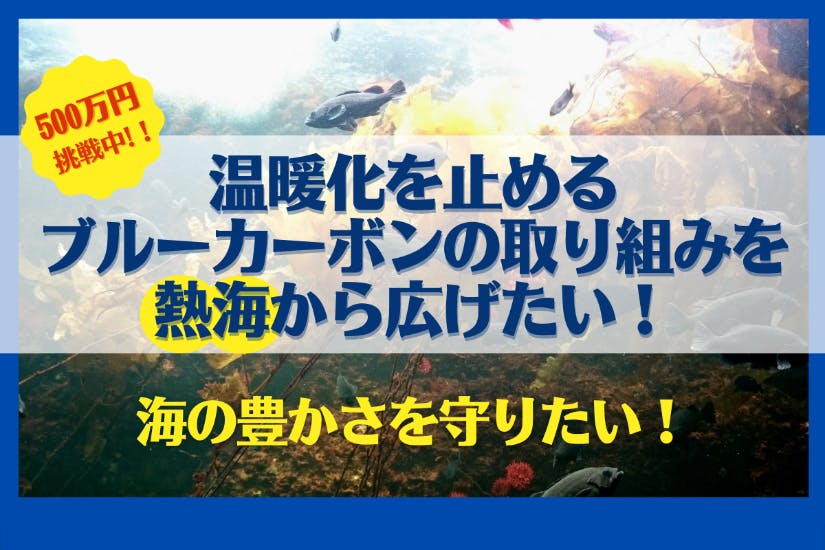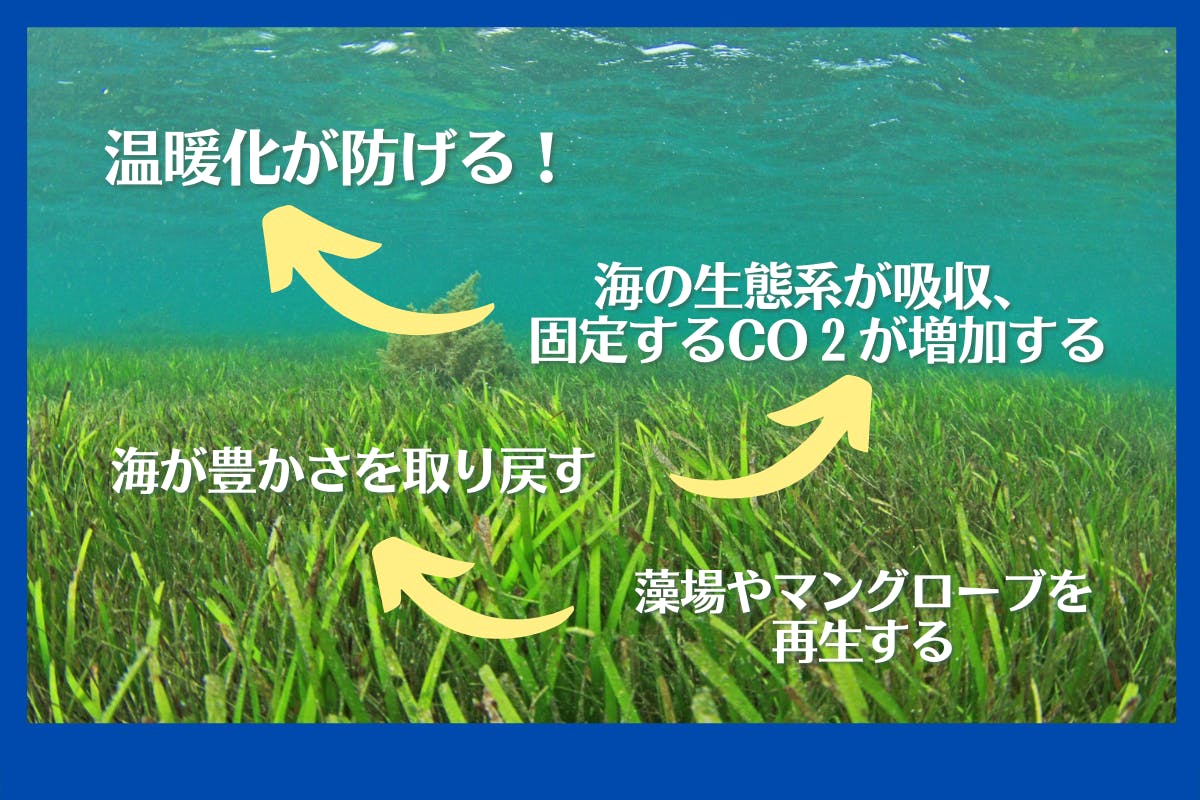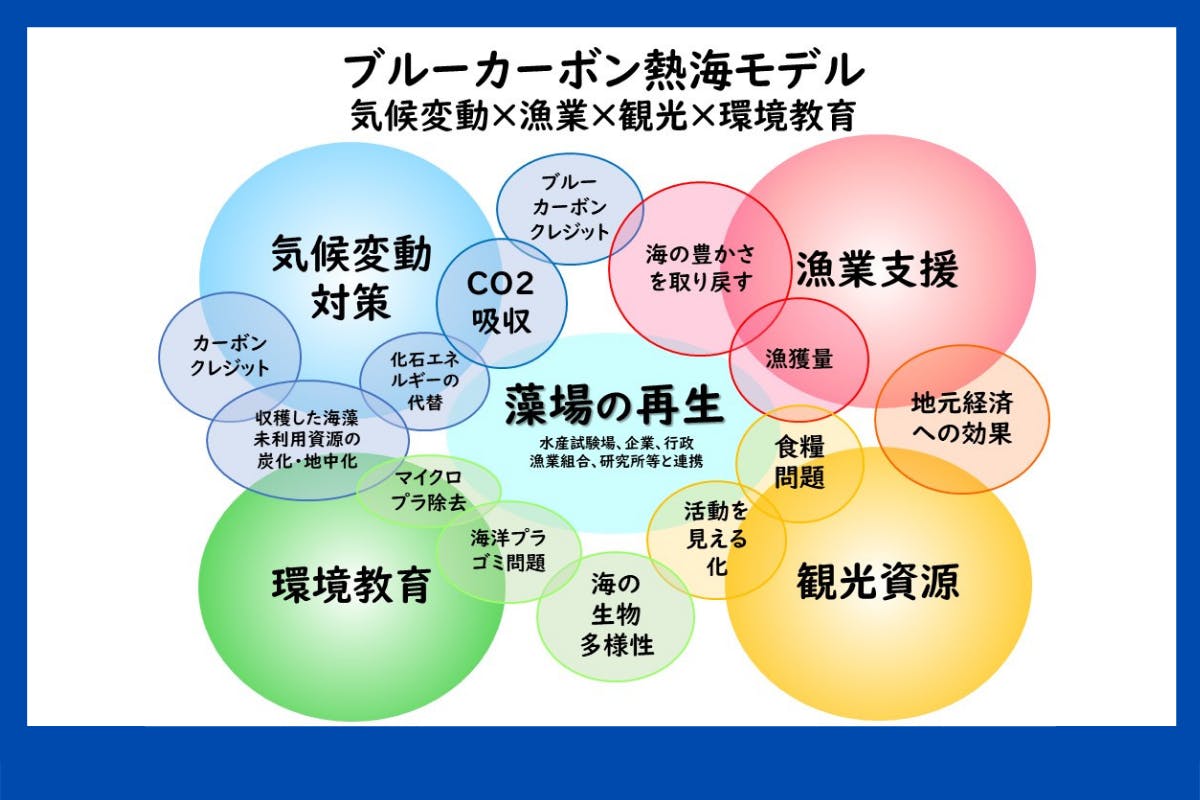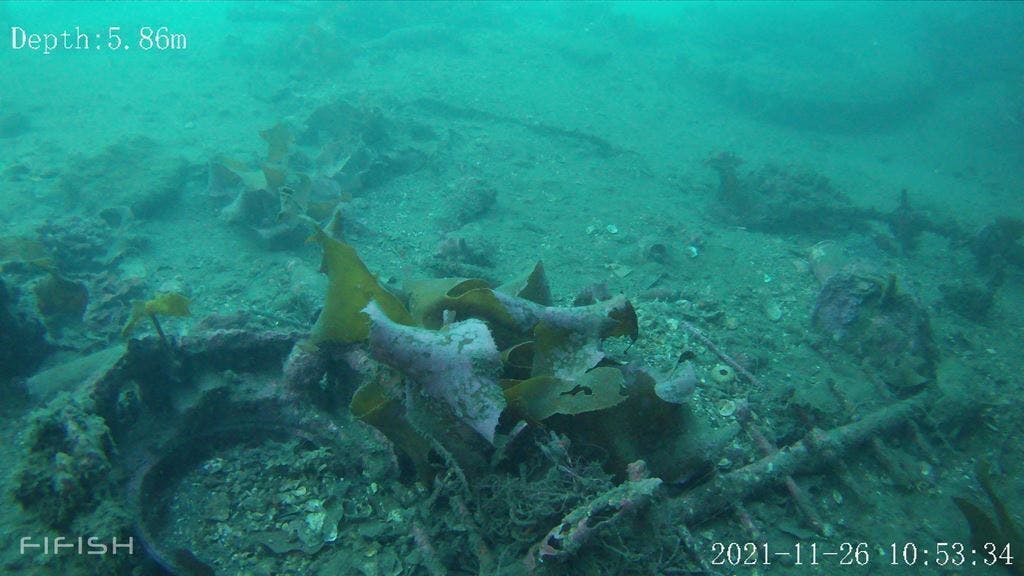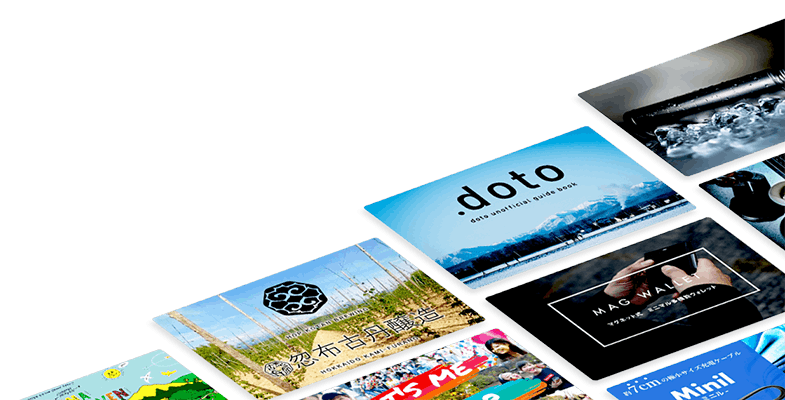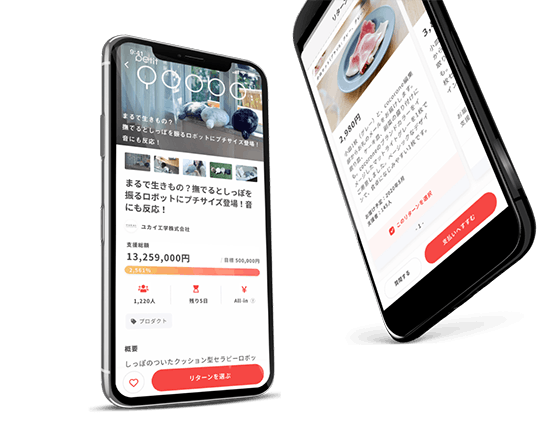枝廣が主宰する幸せ経済社会研究所では、毎月25日に、持続可能な社会に向けての日本のうごきや考え方を英語で伝える・つなげるニュースレターを配信しています。11月号は温暖化を防ぐブルーカーボンについて、また、このクラウドファンディングを含め今後取り組んでいきたいこと、めざすところを英語でお届けしました。無料でご覧いただけますので、ご興味のある方がいらしたら、ぜひ共有いただけますとうれしいです。以下に全文を掲載させていただきます。(サイトからもご覧いただけます)https://www.ishes.org/cgi-bin/acmailer3/backnumber.cgi?id=20211125ISHES Newsletter #40: Restoring the Abundance of the Ocean--Blue Carbon Initiatives to Curb Global Warming--=----=----=----=----=----=----=----=----=----=----=----=----=----ISHES Newsletter #40November 25, 2021See what's new on our website: https://www.ishes.org/en/E-mail: inquiry_en@ishes.orgCopyright (c) 2021Institute for Studies in Happiness, Economy and Society, Japan--=----=----=----=----=----=----=----=----=----=----=----=----=---Dear Readers,The COP 26 Climate Change Conference held in Glasgow in November concluded with a formal agreement to strive to limit global warming to 1.5C relative to preindustrial levels. To achieve this goal, the whole world, us included, must take action to fight climate change. In this November 2021 issue of the newsletter we introduce one such initiative.Restoring the Abundance of the Ocean:Blue Carbon Initiatives to Curb Global WarmingThis is a blue carbon initiative to restore the abundance of the ocean and fight global warming. Here we introduce blue carbon projects in Japan, including the one started in Atami, Shizuoka Prefecture, with the hopes of expanding around the country.**************************************************************Restoring the Abundance of the Ocean:Blue Carbon Initiatives to Curb Global Warming**************************************************************By Junko Edahiro,President of the Institute for Studies in Happiness, Economy and Society (ISHES), JapanJunko Edahiro, president of Miraisozobu (dba in English as the "For Future Company") and also president of ISHES, started promoting a blue carbon initiative to restore the abundant seas near Atami, and is supporting efforts to expand it nationwide. In this month's issue of the ISHES newsletter, she shares with readers her enthusiasm about the newly started Blue Carbon Project.***In the April 2021 issue of ISHES Newsletter, I announced that I had established a social enterprise named "Miraisozobu" (dba in English as the "For Future Company") in Atami City, Shizuoka Prefecture, Japan, with a mission of leaving a clean and happy Earth to the children of the future.April 2021: [ISHES Newsletter #33] Creating the Future Locally: Innovative Projects by Miraisozobu (For Future Company) in Atami, Japanhttps://www.ishes.org/cgi-bin/acmailer3/backnumber.cgi?id=20210423As one of our projects, I introduced the Blue Carbon Project to absorb CO2 by cultivating seaweed. A new initiative has been launched to accelerate the blue carbon initiatives by building a platform that connects efforts, various technologies and frameworks about the project in and out of Japan, and at the same time, to aim at providing environmental education to the next generation, supporting the local economy by restoring the abundance of the ocean, and creating and expanding a circular and ecological economy. This article introduces the new initiative.Blue Carbon (Source: ISHES's Keywords)Blue carbon is a word coined by the United Nations Environment Programme (UNEP) in 2009, referring to the carbon dioxide (CO2) stored in the ocean after being absorbed by marine life such as seaweed.Atmospheric CO2 moves into the ocean through the sea surface, but CO2 in the ocean also goes back to the atmosphere, so carbon travels back and forth between the atmosphere and the ocean. In the oceans, marine life including seaweed and mangroves absorb the CO2, and stored in the seabed.As marine life absorbs more than half (55 percent) of CO2 absorbed by all living things globally, blue carbon has been gaining attention as an effective means of mitigating global warming.As seaweed also absorbs nitrogen and phosphorus from domestic wastewater, it purifies water too. If the water quality is improved, the ocean will be a better habitat for fish. According to some studies, seaweed can also capture microplastics, and this suggests that seaweed has the power to mitigate multiple problems simultaneously.How the project started in Atami CityThe sea around Japan used to have rich seabeds with a diversity of seagrass and seaweed all over. Such seaweed beds played a critical role in marine ecosystems and fisheries by providing spawning and feeding grounds as well as shelter for fish. Across Japan, however, sea desertification has been spreading, resulting in the decrease or loss of seaweed beds. It has become a serious situation for both marine ecosystems and fishermen, so people in various places are making efforts to regenerate seaweed beds.With permission from the local fishery cooperative and local government, For Future Company works in the sea area of Atami to regenerate seaweed beds and promote blue carbon initiatives. We are, however, just learning as we go. We have been asking for advice from people we know and have also managed to seek advice from those who are involved with similar efforts. This work requires trial and error in terms of the technologies and approaches associated with the study and observation of seaweed beds. This is because various efforts on blue carbon have been mostly done in isolation, and unfortunately, we haven't reached the point where people can learn from each other and then proceed efficiently.NHK's video in English (5 minutes version)"Better than doing nothing." - Edahiro's challenge to revive the seaURL:https://www.youtube.com/watch?v=9cbyAyoOJxUFortunately, the working environment for the project has been gradually changing. Advances have been made in some technologies such as underwater cameras and drones, where diving was basically the only realistic approach until recently. The Japanese government and municipalities are also paying more attention to blue carbon.That's the background to how we began to think about creating a platform for connecting different efforts across the country and various technologies and frameworks, to accelerate and spread efforts for the regeneration of seaweed beds and promotion of blue carbon in Japan. We believe that we can support the blue carbon activities not only domestically but also globally, by sharing information both ways between Japan and the rest of the world.As the major efforts for that purpose, we plan to proceed with two areas of support: connecting local areas and players to realize blue carbon initiatives, and spreading blue carbon initiatives.Support to connect local areas and players to realize blue carbon initiativesWe will set up a network and membership program, as well as a platform to share information for entities including local areas and municipalities to tackle blue carbon and regeneration of seaweed beds, citizens who are concerned about issues including climate change and marine ecosystems, companies that wish to be kept informed of blue carbon credits and other related trends, and companies that develop and sell blue carbon related technologies.We plan to disseminate information on the website regarding basic information on blue carbon, technologies that can help initiatives in Japan and around the world, government support programs, interviews with key persons, and more.https://bluecarbon.jp/ (only in Japanese)Support for blue carbon initiativesUsing the power of networking, we will deliver environmental education to elementary and middle schools across the country in the future. Through this activity, we will communicate to the next generation about global warming, marine ecosystems, marine plastic pollution and other issues, as well as blue carbon initiatives to restore the richness of the sea.We also raise awareness by holding symposiums, seminars, and field tours, so that as many people as possible can understand the importance of seaweed beds and learn more about blue carbon.Currently, we are running a crowdfunding challenge to promote a series of such projects. The obvious purpose is to raise funds, but I also hope many people will become interested in and aware of blue carbon initiatives and participate in our projects through this challenge. https://camp-fire.jp/projects/view/514844 (only in Japanese/for residents in Japan only)Support messages from experts in various fieldsI have received very encouraging messages of support for my efforts from experts in various fields. Here are some of them.★Dennis MeadowsEven though I spent my life building theoretical computer models to study long-term global problems, I have always known that the solutions we need are short-term and local. Nothing is a better example than efforts to restore the sea grasses, which are one of the most neglected ecosystems, while being also among the most productive in the world. Japan is a country linked to the sea and it is great news that the Blue Carbon Network will start work to rebuild the foundations of that heritage.★Sachiko TakamiSustainability CollaborativeThe Natural StepThe climate crisis and biodiversity crisis are two of the greatest challenges to humanity. The blue carbon initiative is very unique in that Japan can tackle and contribute as a country surrounded by rich oceans, having a food culture that places great importance in seaweed, seagrass, and fish. I would like to lend my support from Sweden.★Takeshi Kobayashiap bankIt is important for us to have curiosity to work on various issues for maintaining a sustainable connection with the ocean. Furthermore, this is an excellent project to connect two issues: food and CO2 emissions reduction. I definitely support the project.★Takafumi YamamotoUniversity of Tokyo, TODAI TLO Ltd., UTokyo EXTENSION Co., Ltd.As Vice Director of the University of Tokyo, in charge of SDGs and social implementation, I hope to collaborate with this initiative in some way. Let's grow the movement together! I support your efforts -- good luck!★Hachiro NittaGovernor of Toyama PrefectureI support Ms. Junko Edahiro who has been my friend for 30 years, and the Blue Carbon Network she has established.Aiming for spreading richness of marine ecosystemsIn addition to the Blue Carbon Project, which aims to absorb CO2 by cultivating seaweed, we hope to launch an interdisciplinary project in Atami which covers various issues, ranging from supporting local fisheries by regenerating seaweed beds, to experimenting with removing microplastics with seaweed and generating biomass-gas energy with harvested seaweed, and supporting agriculture with phosphorus recovered from residue.At the moment, not so many people may know about "blue carbon." On the other hand, more and more people are becoming concerned about the damage caused by global warming and aware that they need to do something about it. Through our networking activity, disseminating information on the website, and environmental education for the next generation, I hope as many people as possible will understand the importance of seaweed beds and learn more about blue carbon.I hope someday the Japanese archipelago will be surrounded by a belt of seaweed and seaweed beds, with rich marine ecosystems growing and fishermen happy to see good fish catches return, plus a great amount of CO2 being absorbed by seaweed, as a major effort to stop global warming... And I also hope such initiatives will spread to Asian countries, and then all around the world...Dreaming of such a day in the future, we will do our best to promote blue carbon initiatives.*--*--*--*--*--*ISHES TeamInstitute for Studies in Happiness, Economy and SocietyE-mail: inquiry_en@ishes.orgwww.ishes.org/en/*The Institute for Studies in Happiness, Economy and Society (ISHES) is an organization based in Japan that is working to build a happy and sustainable society. To this end, we need to think about happiness, the economy and society together by learning from, analyzing, and thinking about theories and cases in Japan and around the world on what happiness is and what kind of economy and society will create and support happiness.********************************************************The Institute for Studies in Happiness, Economy and Society newsletter is a free monthly newsletter to keep you up to date with the latest information. ISHES bears no liability for the newsletter's contents or use of the information provided.We welcome your comments. Please send them to: inquiry_en@ishes.orgCopyright (c) 2021, Institute for Studies in Happiness, Economy and Society. All Rights Reserved.We invite you to forward this ISHES newsletter and/or use its contents in your own publications, with credit to the "Institute for Studies in Happiness, Economy and Society, www.ishes.org/en/."To subscribe or unsubscribe, please visit https://www.ishes.org/en/newsletter/Back issues of the newsletter are available here.https://www.ishes.org/cgi-bin/acmailer3/backnumber.cgi********************************************************なお、幸せ研ニュースレター(英語版)の配信をご希望の方はぜひ以下のURLからご登録ください。☆バックナンバーもご覧いただけますhttps://ishes.org/en/newsletter/index.html=====ご支援いただいているみなさま、このページをご覧になってくださっているみなさま、本当にどうもありがとうございます。クラウドファンディング終了まで10日となりました。引き続き応援・拡散いただきたく、何卒よろしくお願いいたします。

